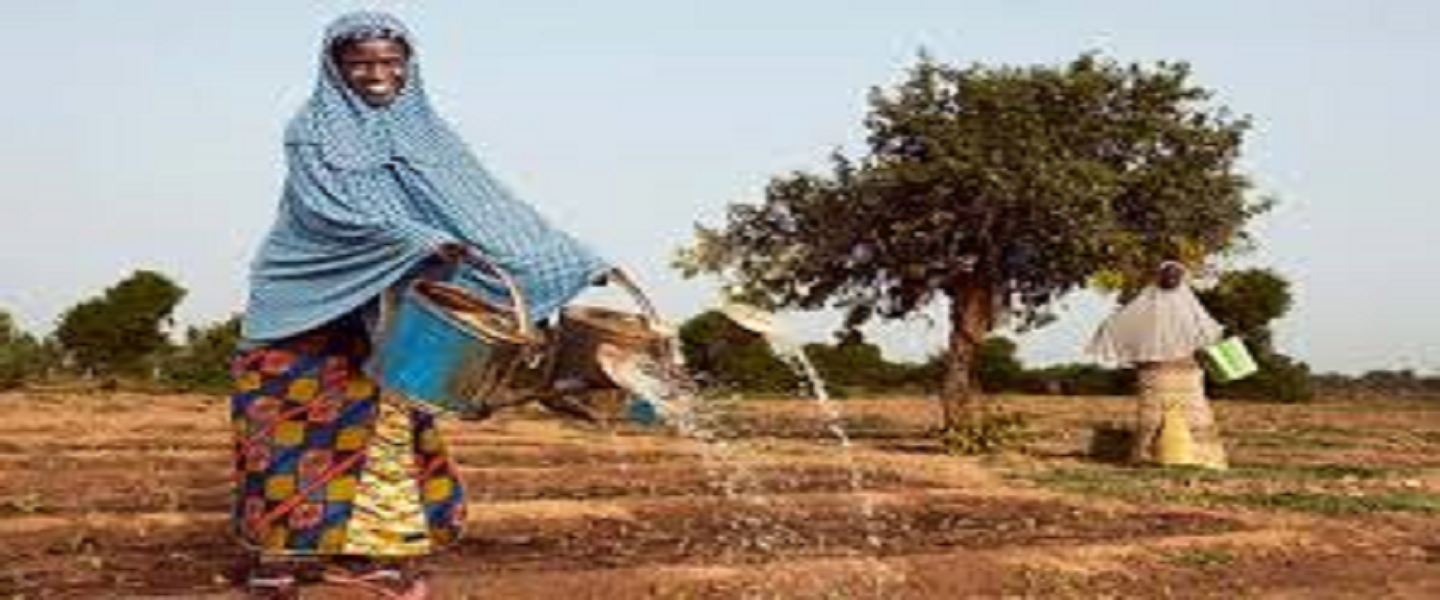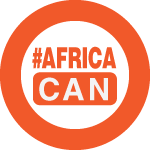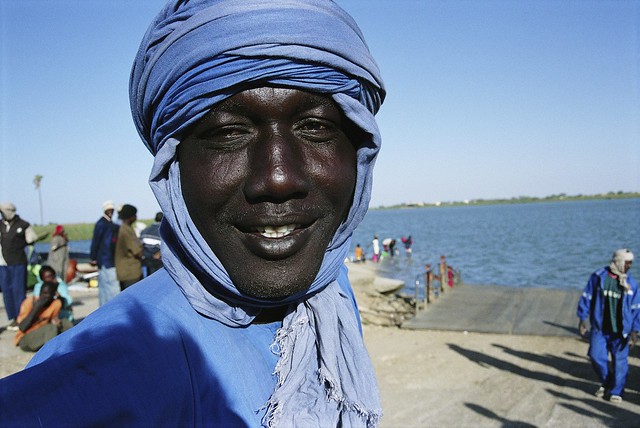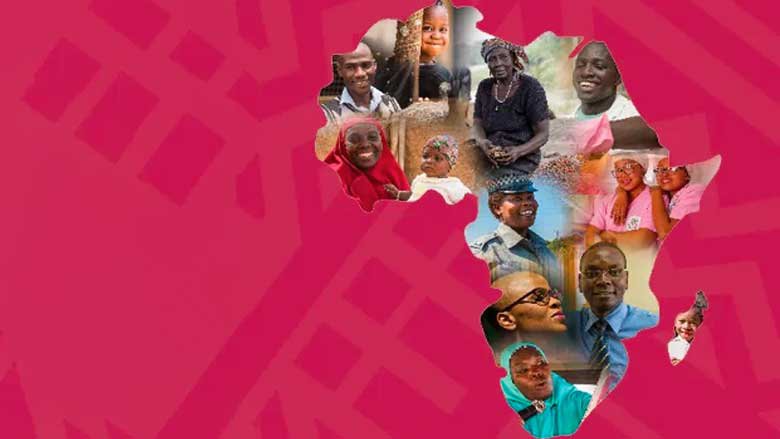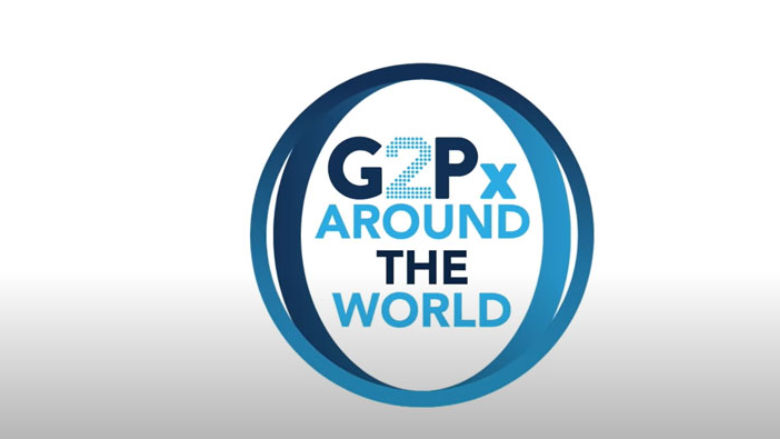A vast country with a long coastline and central plateau, Angola thrusts inland across Southern Africa to border Namibia, Botswana, Zambia, and the Democratic Republic of the Congo. Its principal cities, including its capital, Luanda, look west over the South Atlantic to Brazil, another Portuguese-speaking nation (like itself). It has a population of more than 33.08 million (2022). A general population census is currently being conducted to gather updated information on the population size.
Economic Overview
Angola’s economic fortunes have been tied to global oil demand, which brought volatile growth and left the country with high levels of poverty and inequality. Reforms over the past five years have improved macroeconomic management and public sector governance. Macroeconomic stability has been enhanced through a more flexible exchange rate regime, central bank autonomy, sound monetary policy, and fiscal consolidation.
After a modest 1% growth in 2023, primarily due to lower oil production, exchange rate depreciation, and fuel price hikes, real GDP grew by 4.1% year-on-year in the first quarter of 2024. This marks the most significant annual expansion in the past nine years. The rebound was driven by a recovery in oil production and a robust performance in the services sector, particularly in domestic trade and transport and storage. Higher oil prices and production boosted Angola’s current account surplus in the first half of 2024. Despite increased oil revenues, the fiscal situation remains tight. Oil export prices averaged $84.2 per barrel over January-August and domestic production reached 1.13 million barrels per day over January-July, surpassing the 2024 budget assumptions of $65 per barrel and 1.06 million barrels per day. This has driven a rebound in government revenue following a decline in 2023. However, the -40% currency depreciation in May-June 2023 increased debt service and fuel subsidies. Consequently, public spending has been constrained, leading to cuts in capital spending and the acceleration of the fuel subsidy reform, despite an escrow agreement with a Chinese creditor that helped alleviate debt service pressure.
In 2024, the exchange rate market has stabilized, with reduced parallel market premiums and a more gradual depreciation compared to 2023. Increasing global food prices, a weaker kwanza and fuel price hikes, have kept inflation high, averaging 27.9% year-on-year over January-August, despite the central bank raising the policy rate by 250 basis points to 19.5% since November 2023. Rising inflation and declining per capita income have strained household purchasing power, especially for the less well-off. This year, more than a third of the population is projected to live on less than $2.15 per day. Although the cash transfer program Kwenda currently provides a social safety net for 1.5 million rural households, urban households remain unprotected and vulnerable to price shocks.
Growth is expected to rebound to 3.2% in 2024, driven by oil production. However, structural constraints are projected to limit growth to 2.9% over 2025-26 on average, with real per capita GDP stagnating. Tight monetary policy and conservative fiscal stance are expected to help contain inflation, though it is still projected to exceed 10% by 2026. High inflation and limited fiscal space are likely to keep poverty rates high, around 36% by 2026, underscoring the need for a stronger social safety net and more development spending. Fiscal accounts are expected to remain sustainable provided the consolidation program is implemented, with the overall balance averaging 0.1% of GDP over 2024-26 and public debt-to-GDP declining to 57% by 2026. External balances are projected to stay strong, with international reserves covering over seven months of imports. However, risks remain high, as shocks to global oil prices and prolonged inflation may pose significant challenges.
Development and social challenges
Angola’s reliance on the oil sector has increased its vulnerability to external shocks and undermined macroeconomic stability. Strong real exchange rate appreciation has stunted the non-oil economy and limited economic diversification and job creation. The economy is not generating enough jobs to keep up with Angola’s growing working-age population, while 8 out of 10 workers are engaged in informal, low-productivity sectors. The unemployment rate stood at 32.2% in Q2 2024. Youth unemployment poses a major challenge, with the unemployment rate for those aged 15 to 24 far exceeding the overall rate. High adolescent pregnancy rates, maternal and neonatal deaths, and child stunting highlight the need to invest in human capital development. Diversification remains elusive while oil production is in structural decline and global decarbonization looms in the medium term. Angola needs to urgently invest in removing barriers to private sector investment to achieve economic diversification to support growth, job creation, and poverty reduction. With abundant agricultural and arable land and favorable climatic conditions, agriculture holds a high potential to drive economic diversification. Nonetheless, Angola will need to build climate resilience as its exposure to extreme climatic events is expected to exacerbate water scarcity, raise temperatures, and extend dry seasons, hurting agricultural productivity.
Political Context
Angola operates under a multi-party system, where general elections are held every five years. The Popular Movement for the Liberation of Angola (MPLA) has been in power since the country gained independence in 1975. In August 2022, the MPLA won the fourth post-war elections with 51% of the vote and secured President Joao Lourenço a second and final term in office.
Internationally, Angola is continuing to be assertive and demonstrating a steadfast commitment to peace and stability in Africa, particularly in the Democratic Republic of Congo where it has led regional efforts to end the instability that threatens the entire Great Lakes Region.
Last Updated: Oct 09, 2024


